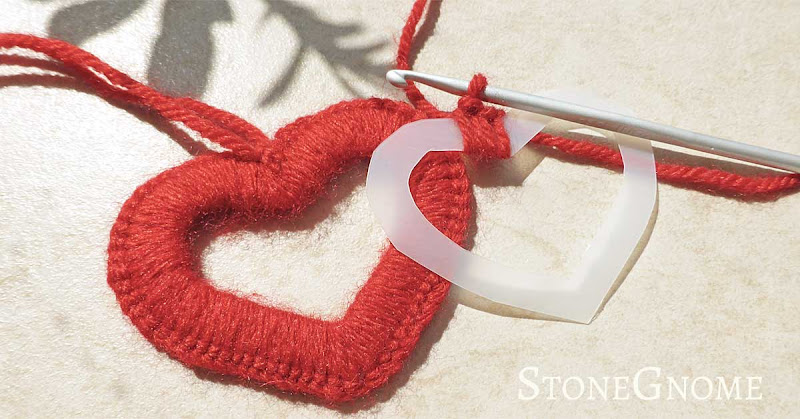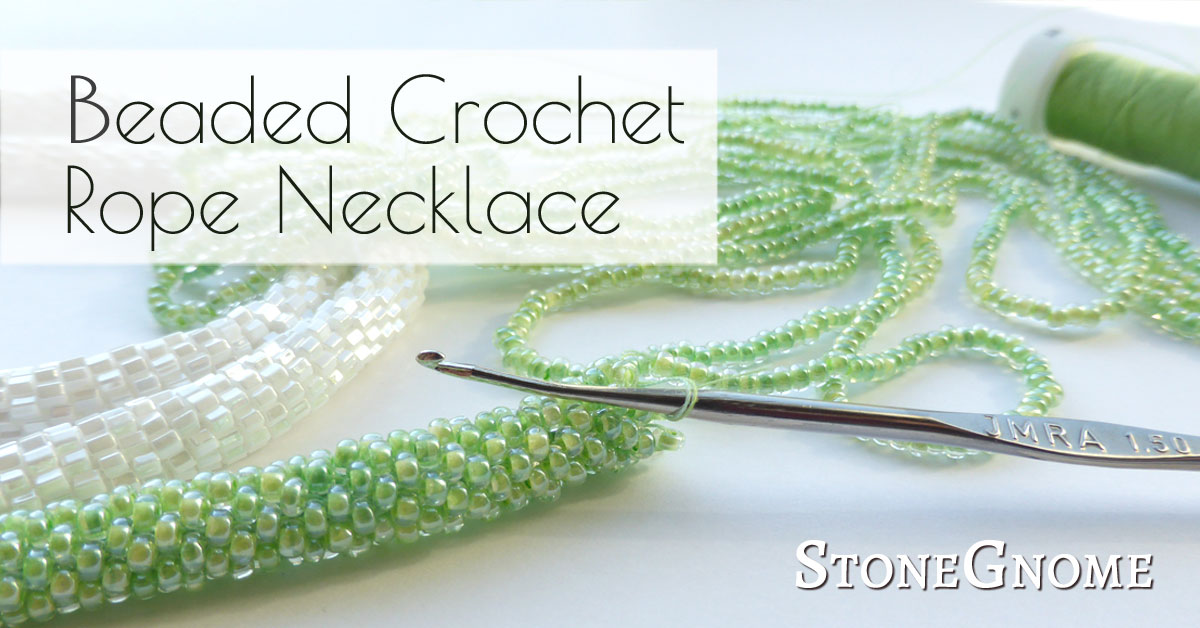
You can also cast on when doing Tunisian crochet - as in without a starting chain. And it is much faster than doing chains first.
Crochet Love · Crochet & Tunisian Crochet · Studying, Developing, and Teaching Crochet Techniques









 You can practice with huge beads like HAMA beads for children. It will make it easier for you to see, what you are doing. Use a 3mm (US C/D, UK11) hook or likewise.
You can practice with huge beads like HAMA beads for children. It will make it easier for you to see, what you are doing. Use a 3mm (US C/D, UK11) hook or likewise.